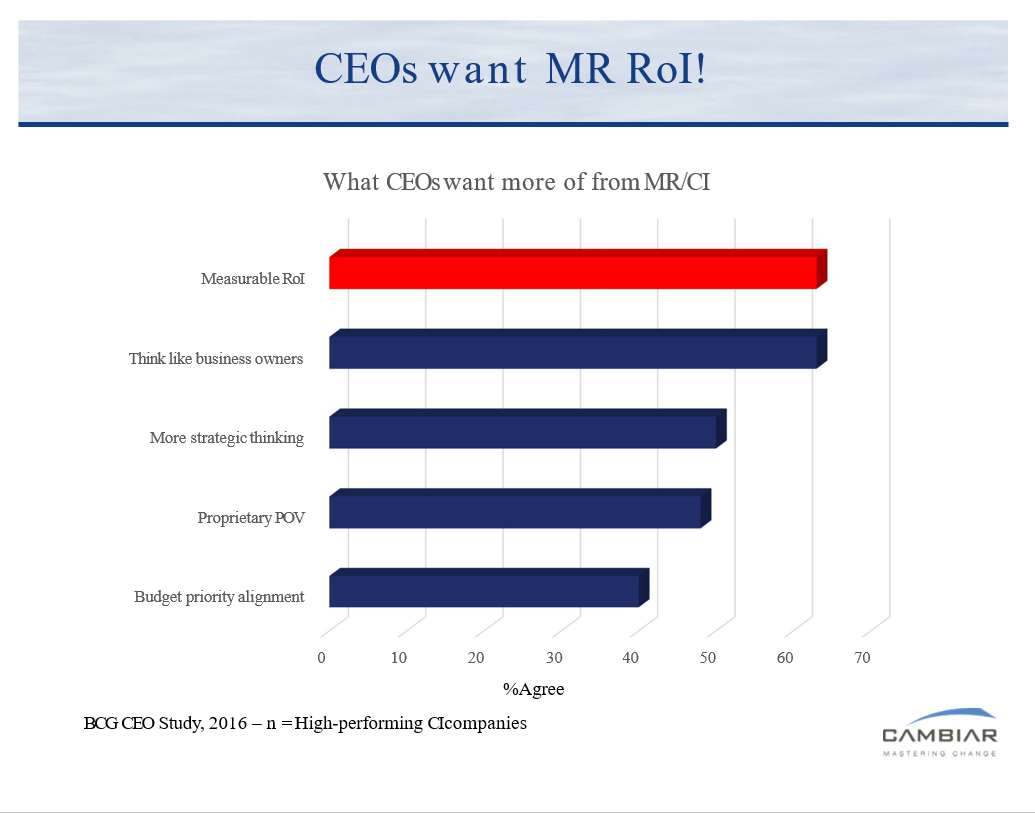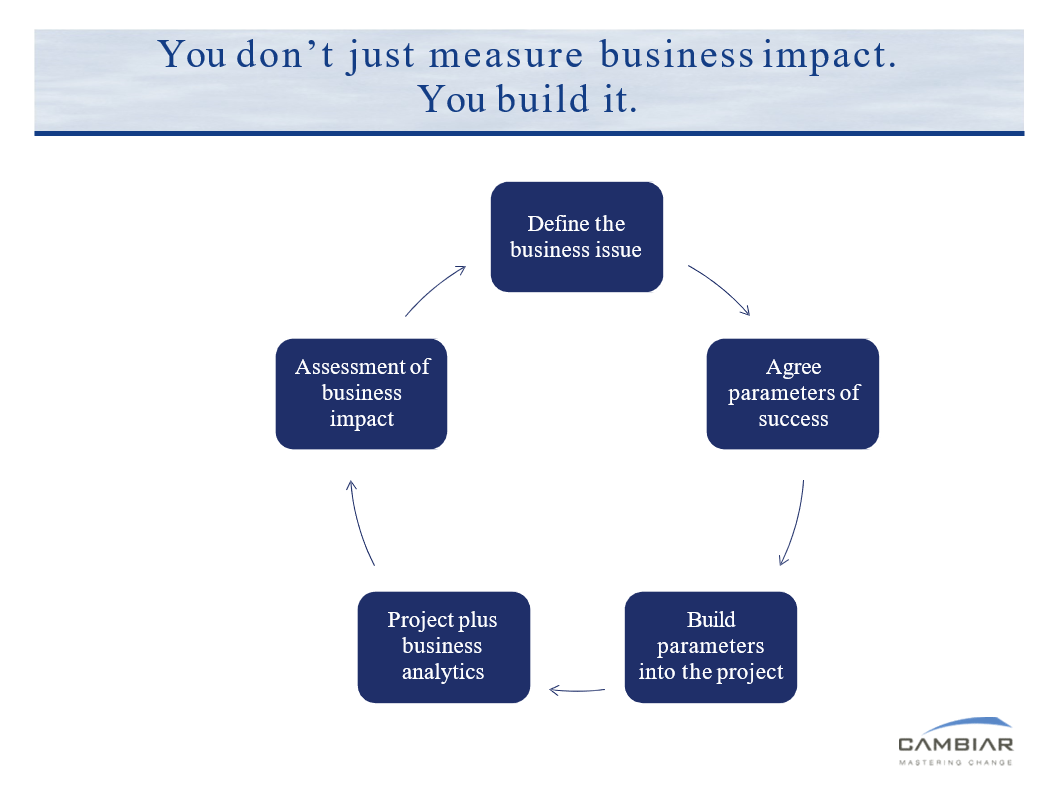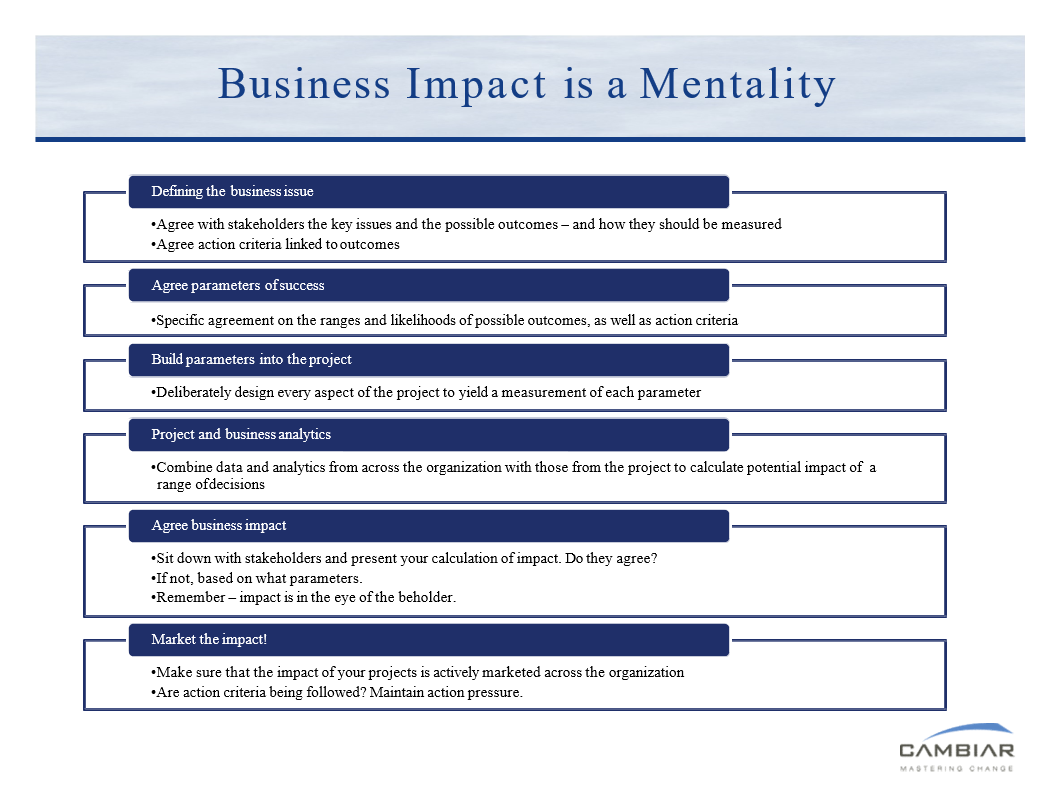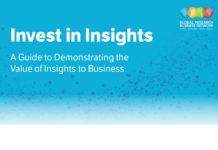When Boston Consulting Group (BCG) first studied the management of consumer insights in major corporations in 2009, they developed a four-stage taxonomy to describe the developmental stage of an insights department.
Stage 1 represented departments that were either “traditional” or “emerging” – i.e were more in the mode of order-taking and tactical research rather than leading the business with strategic thinking;
Stage 2 departments were described as “business contributors”, striving to use research as a means of informing the business without necessarily leading it;
Stage 3 represented “Strategic Partners”, departments that led the business through their application of research to key strategic business issues;
And Stage 4 departments were those that demonstrably provided strategic competitive
advantage.
In 2009, only 10% of all consumer insights functions (aka market research departments) met the conditions to be labeled Stages 3 or 4.

Fast forward to 2015 and the good news was that the proportion of CI functions hitting a designation of Stage 3 or 4 had doubled in the intervening six years. The bad news was that this still represented only 20% of all CI functions.
There are many factors involved in transitioning from Stage 2 to Stage 3, but one of them is incontrovertible: all Stage 3 and 4 companies measure the return on investment from their research budgets. The reasoning is simple – you can’t make the case for a substantial research budget unless you can prove that it actually adds to growth and/or profitability. Which is why understanding the ROI on research is one of the top priorities of CEOs today.

However, measuring the ROI on research is not just a process. As you will see repeatedly throughout this Handbook, it is a mentality. You don’t just measure it, you build it. Some people struggle with this, failing to see how “ROI” could be a mentality. So, let’s drop for a moment the acronym “ROI” and call it “Business Impact”.

Think about each research project in terms of what its impact on the business will be. What is the business issue at hand? What sort of impact do we believe we can have on that issue? What are the parameters and metrics by which we will measure this? How do we build these into the project? And then how do we assess the overall impact of the project over time?
All of this involves deep and ongoing communication and involvement from project stakeholders throughout the process.

But even if your stakeholders are involved and you devise the best measurement process that there is, it is nothing if you do not market your worth – your business impact – throughout the entire organization. The company as a whole needs to know just how much value you add – and some very important people in particular, such as your CFO and CEO! Internal marketing is key to growing your budget and resources so that you can increase your value to the business every year.

Simon Chadwick
Managng Partner, Cambiar














